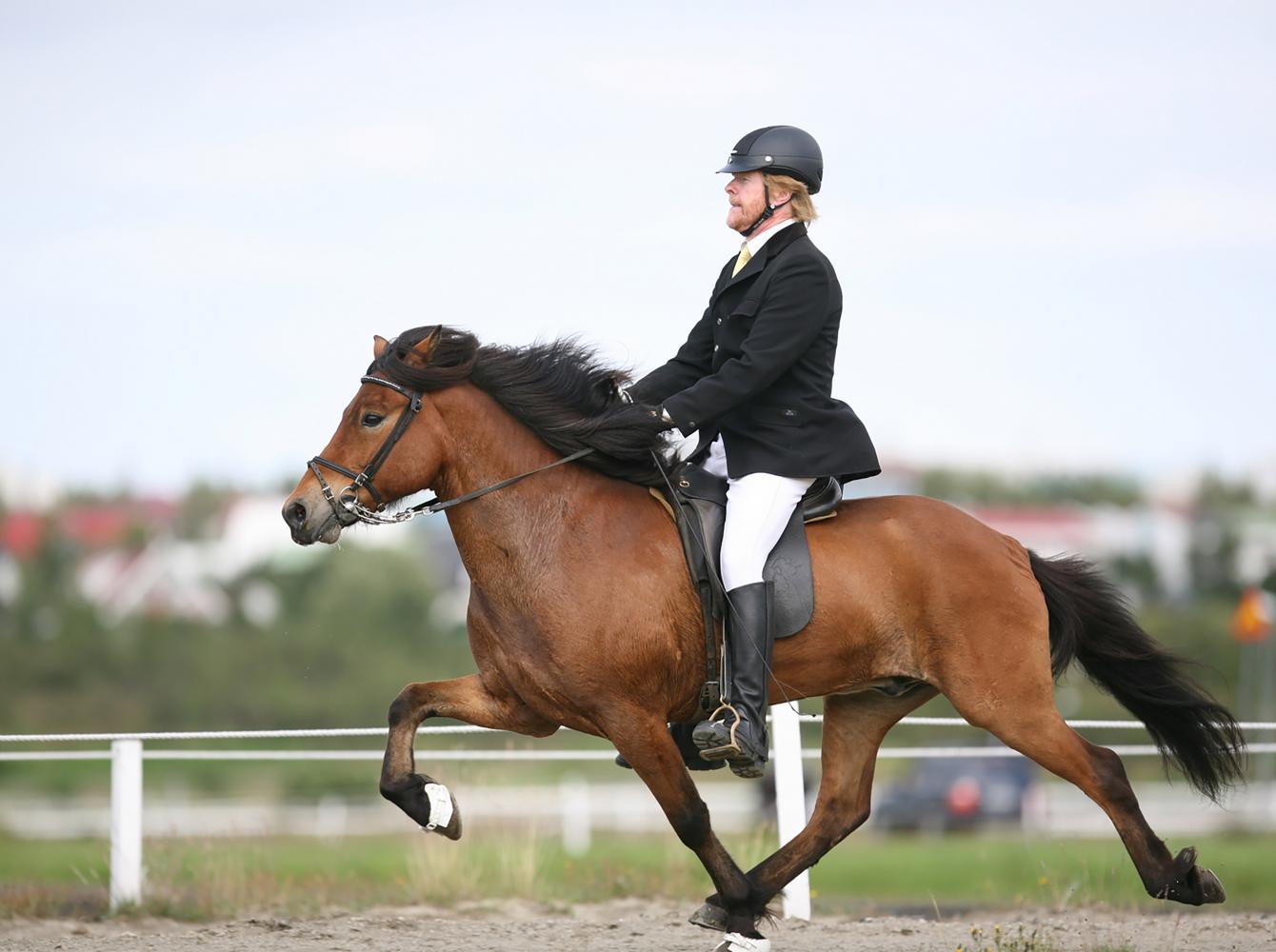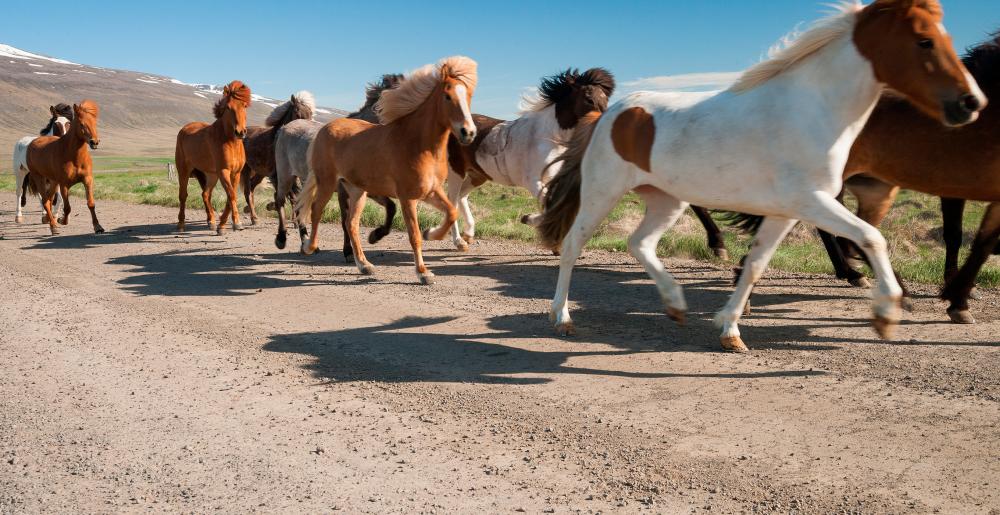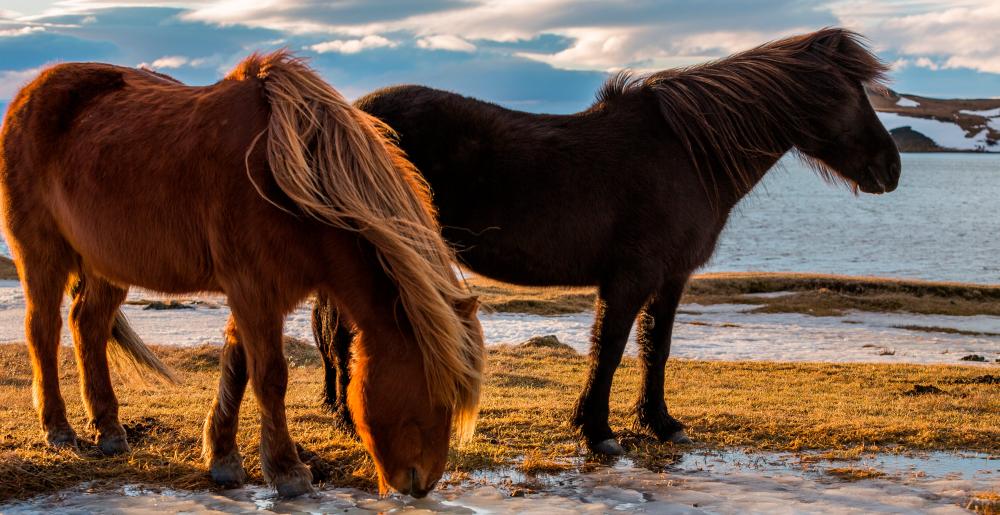Icelandic equitation is the traditional style of riding of Iceland, closely associated with the Icelandic horse.
The basis lies in the long traditions of riding horse transport. On an island with little wood, making and using carriages or sleighs was not practical in Iceland. Thus horses had to be ridden for long distances, and the style of equitation formed to accommodate comfort and endurance.
The Icelandic horse is able to pace as well as perform a smooth ambling gait known as the tölt, and is able to perform these gaits at a variety of tempi ranging from a walk to the speed of gallop. These gaits are greatly valued. Gait competitions are held for both four- and five-gaited horses. The quality, form and tempo of the gait are evaluated. Horses that perform well in these competitions, especially five-gaited ones, are held in high esteem and are in demand for breeding.
Working terrain
Firm riding surface on the oval track.
Rest place/daily stay
Paddock and field.
Horse characteristics
The Icelander is a small riding horse with a sturdy body, suitable for leisure activity and sport.
Shoeing location
Icelandic horses can be shoed at the usual places.
Advice
When shoeing an Icelandic horse one must pay particular attention to the relevant international and national rules. These control the width and thickness of the shoe, the length of the hoof wall as well as the difference between the shoes on the front and the hind legs with respect to thickness, width and size. The relevant rules are laid down by the FEIF (international breeding rules) but the regulations at sport events can differ nationally and internationally and should be cleared beforehand.


